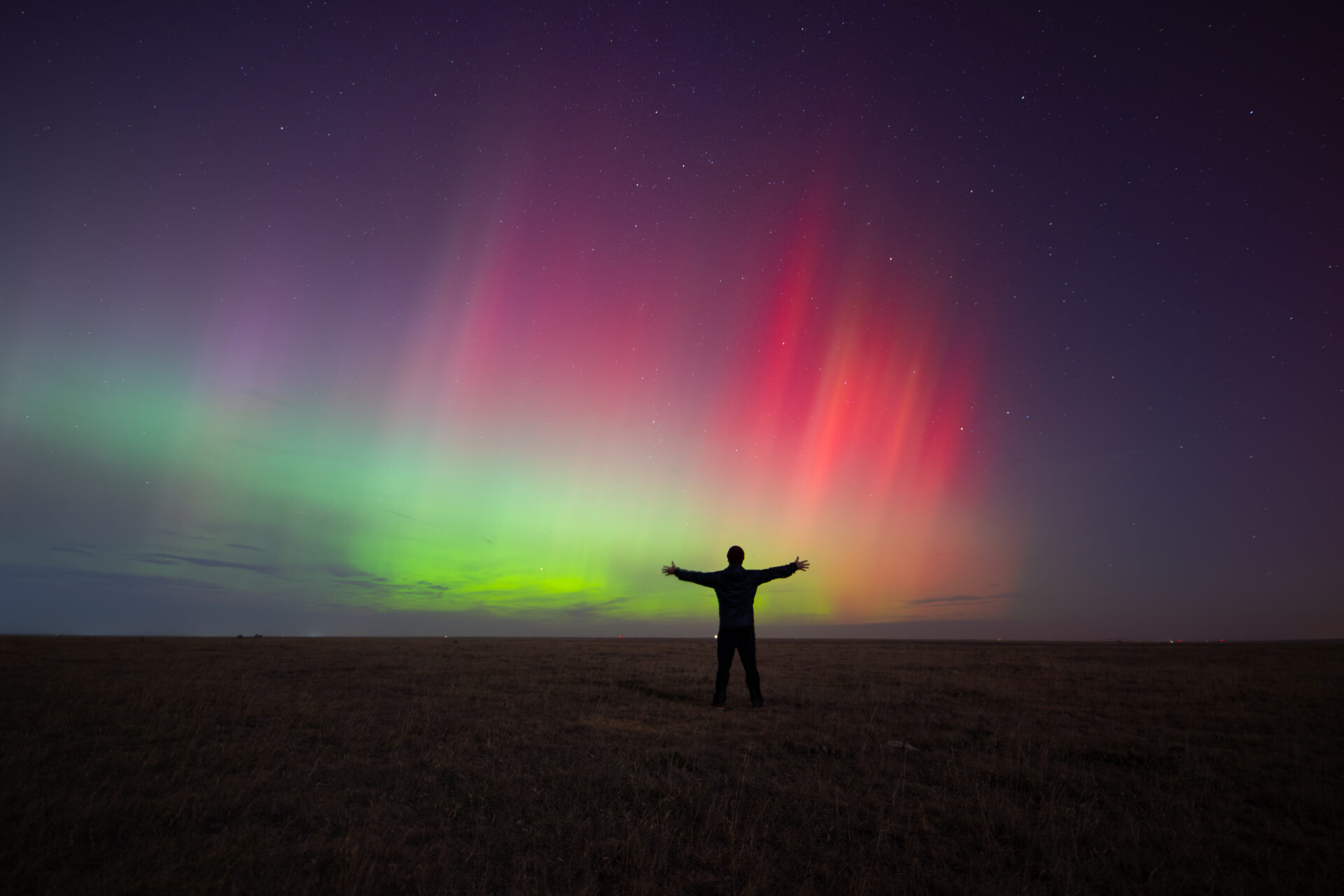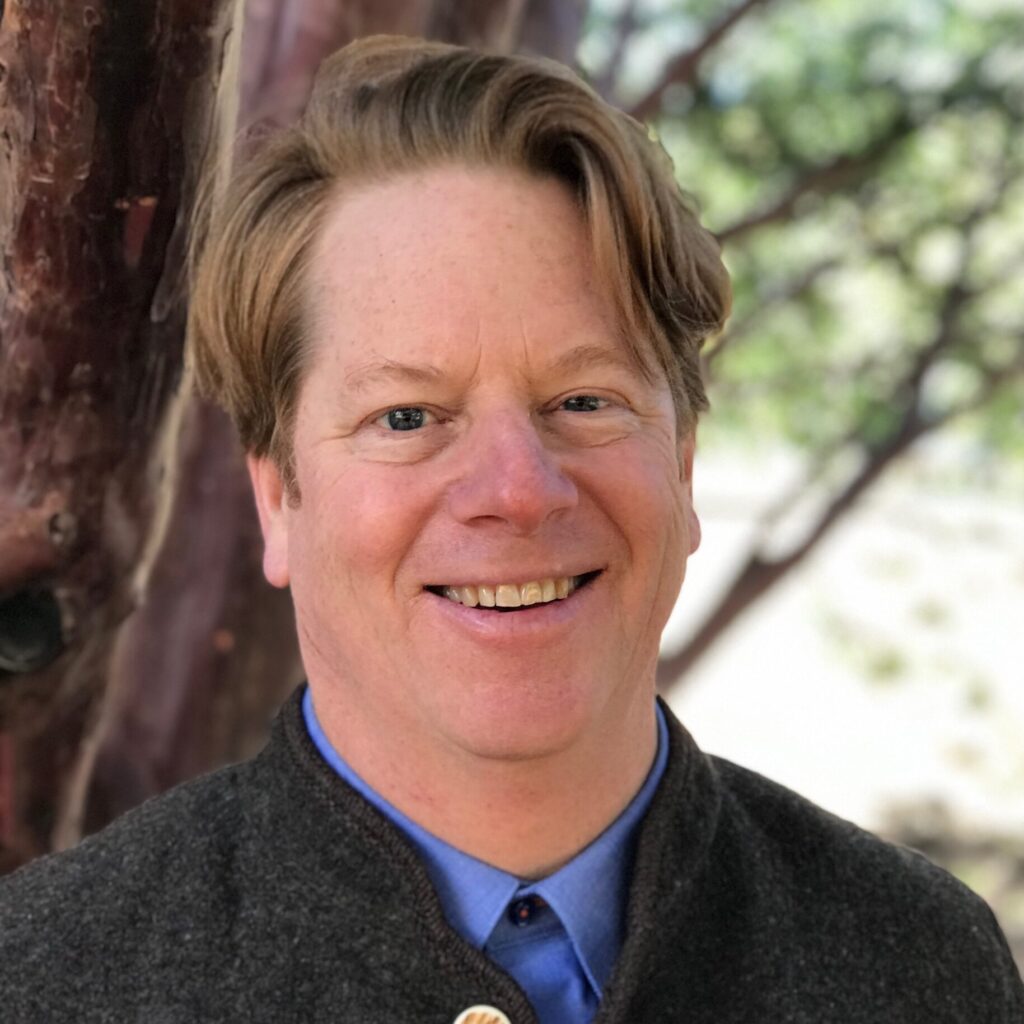31 October 2024
A word for darkness
I wish to speak a word for darkness, for that natural quality on which so much depends, the matching half to natural daylight, both so valuable for life. It makes sense to consider natural darkness on Halloween, a celebration that plays with our fears, because it’s our fear of the dark that often separates us from the value of natural night. Just as we take for granted the benefits of daylight, so we live in ignorance of the dark. But this can change.

I say this from experience—I have been afraid of the dark all my life. That might sound strange given my career of writing about the benefits of darkness and the costs from our overuse and misuse of artificial light at night. But my fear now co-exists with the respect I’ve gained from learning the value of darkness. I have come to believe that fear of the dark is understandable, a mix of inheritance from our ancestors and the incessant equating in modern media of darkness with danger. And really, it’s not darkness we fear but what we imagine being there. From the newest science to the oldest stories, the message is the same: natural darkness is part of life, and by engaging it we enrich our lives.
For one thing, our bodies evolved with bright days and dark nights and need both for optimal health. From circadian disruptions to sleep disorders, we suffer from a lack of darkness. This is true across ecosystems—natural darkness is home to so many wild lives. Countless nocturnal species have evolved to depend on natural darkness for migrating, hunting, foraging, mating. Many more species are crepuscular and most active at dusk and dawn, those periods of natural daylight blending with natural night.
Darkness, too, is home to beauty. Last week, with bird ecologists on the Colorado prairie, I witnessed the most amazing aurora of my life, sheets of waving pink and red, green and blood-brown. A waxing gibbous moon hung in the southern sky, the autumn stars emerging all around. From the moon and stars and aurora, to candles and campfires, to thoughtful architectural lighting design, so much of the light we love relies on the context of the dark.
Darkness creates space for contemplation, reflection, solitude, and quiet. Similar to the way that at night the earth cools, releasing the heat of the day, so in natural darkness we might exhale, release, and relax, as well. The world comes down in speed and size, and we have a chance to breathe and think and be.
Even our appreciation of daylight, in a way, depends on the dark. With the natural rhythm of day and night, an awareness of one invites an awareness of the other, the value of each made clear by its opposite. Separated from this natural rhythm of the planet and its life our body, mind, and spirit suffer, but reconnected we have a chance to thrive. Let us recognize the value of natural darkness, just as we recognize that of daylight. Let the fun of Halloween remind us of all that darkness makes possible.
Useful links
- Personal webpage: https://www.paul-bogard.com/
- Books: https://www.paul-bogard.com/books-and-writings
- Profile at Hamline University: https://www.hamline.edu/faculty-staff/paul-bogard

Comments